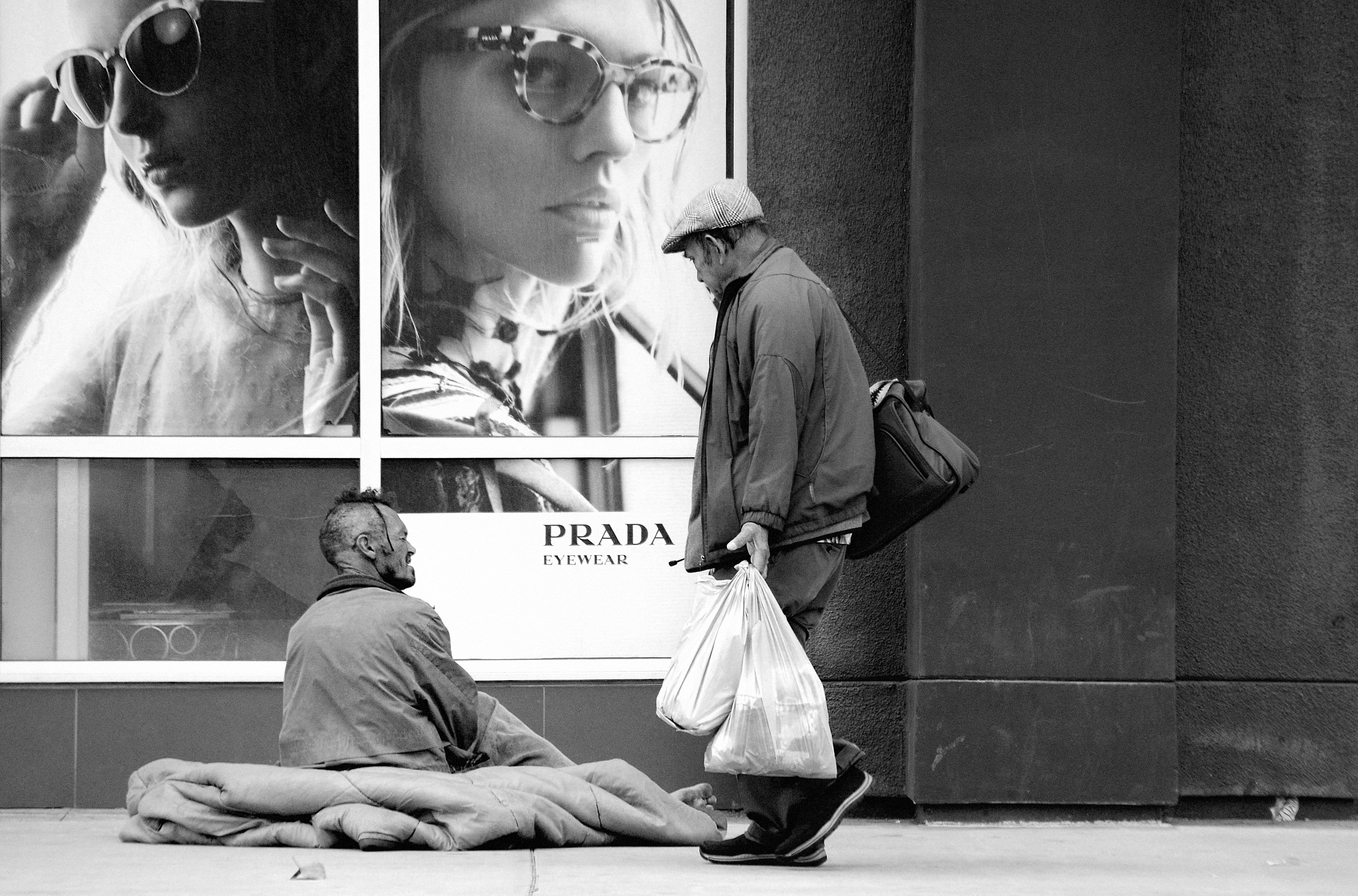‘The end is in sight’, ‘vaccines are here’, ‘let’s have a party’. We are at such a different juncture of the pandemic right now than we were a year ago. At the start of the pandemic governments were hesitant to impose widescale lockdowns because they were so different from what ‘normal’ was at the time. When lockdowns did get instituted the general consensus was that we were all in it together. A driver that hits us up with adrenaline and a can-do spirit. Now, we’re exhausted and we need to tap into our collective determination; which is a very different energy. Right now, we need governments to get us out of the ‘pandemic normal’ and into a life that will lead us into something else altogether. Let’s see where we are at in the pandemic, what’s on the horizon, and where we should focus our energies.
[ed. note: I am not a public health expert, please consult with experts when planning events, travel, etc.]
The state of the pandemic
If you want to know at what level of threat the pandemic is there’s basically two ways of looking at it:
1. the global view
The global view isn’t pretty. Trawling through the data on the WHO Coronavirus (Covid-19) Dashboard doesn’t make for pretty reading. Overall, at a global scale infections are rising for the 7th week in a row. At the same time, the number of vaccines doses administered is at over 733 million at the time of writing. That’s a positive, but there remain many unknowns. In a recent article for The Verge, Monica Chin explored what it will take in terms of vaccinations before we can open up again. Although she gets many different answers from the experts she spoke to one thing seemed clear: we need a 70-80% vaccination rate to achieve something resembling herd immunity. To achieve that at a global scale is very far away and the WHO raised the alarm on what they call a ‘shocking imbalance‘ in the way vaccines are distributed.
2. the local view
In some localities around the world many people have already had their vaccine jabs. Israel still leads the way, the UK does well, Chile and the US too.

But what if you’re in India (second wave ‘tsunami’) or Brazil (the crisis intensifies still)? The picture looks very different. This has been the case for some time now of course. If you live in New Zealand (hello stadium tour), your perception of the pandemic will be very different than if you live in the Philippines (hang in there 300 Covid-19 patients waiting in line at the hospital).
Similarly, there’s the danger of variants that mean the world on a local scale will look to shut down travel from certain other parts of the world. Axios has a Variant Tracker, which looks into the various variants and their prevalence in the US. What these variants mean, how they’ll develop, and what the impact will be on the pandemic is still to be determined. It’s the big uncertainty moving forward and science can only do so much without being able to test, prove and disprove.
Where’s the music?
Of course, we all want to go back to concerts, festivals, live experiences that involve people in close proximity. There are many local experiments that try, and succeed, at proving that it’s possible to host events in a safe manner. In the Netherlands there’s the Fieldlab Experiments. They’ve shown already (like others before them) that it’s possible to host a safe event where audiences behave predictably, spaces have good ventilation, people test before the event, and adhere to social distancing restrictions. Next up are the festivals and testing is the most important as audiences will not behave or move predictably at a festival site.
Testing and vaccines are the big hope of the live music industry. Even without herd immunity, the idea of vaccination passports is here, and most likely here to stay. In some localities the passport is already alive, but this is in notably rich countries. Will we see artists touring on a vaccination passport? And audiences travelling with their proof of vaccination in hand? For sure, this will happen, and privacy is a massive issue [as we wrote before]. One festival which was one of the first to shout they will go ahead with rapid testing is Unum Festival in Albania. They’ve now teamed up with Swallow Events and Yoti to bring their audience a home test. Moreover, the results of this test will be hosted on a blockchain. A verification model that could, potentially, alleviate some security concerns.
Now what?
The answer to this question depends on whether you think global or local. If you’re living in a country that has either done well on actively preventing the spread of the coronavirus in the first place, or in a country that does well with its vaccination program there’s light at the end of the tunnel. If you live in a country where the opposites are true, it’s a very different picture. So what to do?
On the one hand, I want to call out to governments to pinch through ‘status-quo bias‘ and assess local initiatives carefully and at face value. To let go of what has become the ‘pandemic-normal’ and look for a ‘post-pandemic-normal’ that will allow music – and culture in general – to bloom again.
On the other hand, I want to call out to organizers to look beyond themselves and take into account a global picture. Live events in isolation might be possible, but if we’ve learned one thing in the last year it’s that we don’t live in isolation from each other.





